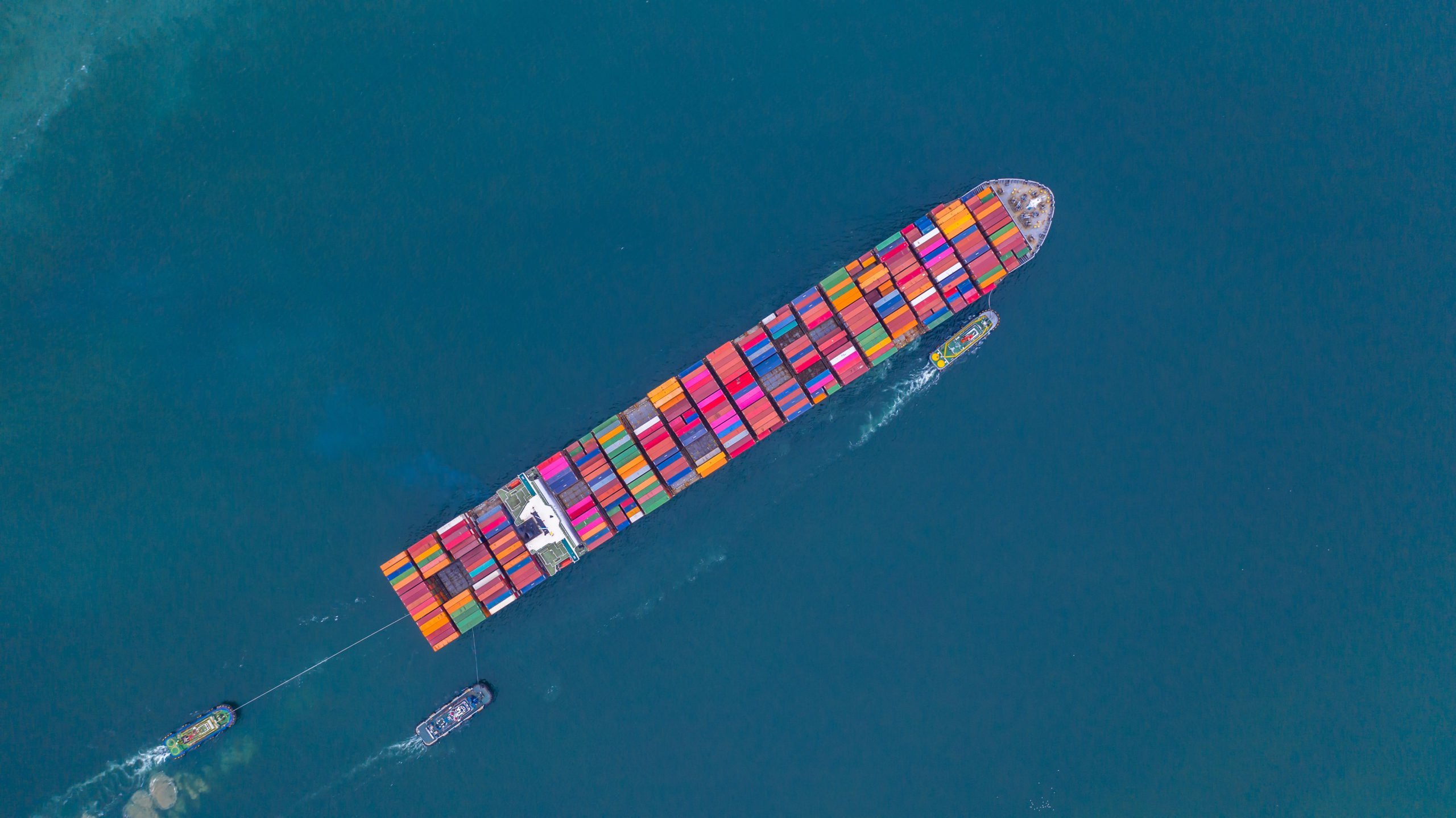Cascading effects of the Covid-19 pandemic are all set to disrupt holiday shopping this year. Although the US economy is getting back on its feet, the supply chain industry continues to grapple with disruptions, some of which have been hampering operations since early 2020. During the holiday shopping season, sky-high ocean freight rates are major contributors that will strain the industry and shoppers alike. Other intermittent bottlenecks such as port shutdowns and freight policy changes will add to the shipping industry’s woes. In such tricky times, exercising forward-thinking and planning shipments in advance can help businesses take advantage of the holiday season.
The Rippling Effect of the Covid-19 Pandemic and Other Shipping Challenges
In the months preceding the holiday season, freight capacity is often hard to come by or is expensive to contract, thanks to high consumer demand. With pandemic-induced volatility in the picture, businesses today are struggling to cope with sky-rocketing ocean freight rates – more specifically, container prices.
The price to book an ocean vessel coming in from Asia to the US is five to ten times higher than normal. Spot prices on the China-US East coast route have climbed to about $21,000 from just under $11,000 in late July, and those from China-US west coast are a little below $20,000. The cost of stocking up warehouses with holiday season essentials such as artificial Christmas trees and other decorations has increased.
Even if shippers are ready to pay the price, securing container spots is difficult. With port backups and congestions causing containers to sit on the waters for a longer time, containers are running delayed and overbooked. A large number of vessels already anchored on LA/LB ports await birthing. Add import spikes to stock up on products ahead of the peak season to this, and shipping terminals will continue to run extremely congested.
Port congestions further mean that when space is secured, it is often on a vessel planned to sail several weeks or months later. Unprecedented challenges such as route bottlenecks further will exacerbate this delay. The Meishan terminal at the Ningbo-Zhoushan Port shutdown is the perfect example of this. The terminal, a critical operating point of the world’s third busiest container port, was shut for about two weeks since August 11 after a dock worker was tested positive for Covid-19. When retailers are racing to stock up ahead of the holiday shopping season, this strained the already suffering global supply chain operations.
What This Means at the Ground Level
Shipping struggles translate into ground zero woes for retailers that will eventually impact holiday shopping. Due to delays in shipping, a lot of products might not make it to the warehouses and shelves before the shopping season. Consequently, buyers will face a shortage not only in the choice of products but also product volumes as retailers as limited shipping will force sellers to be selective about the products they make available to their customers.
Retailers are also more likely to charge higher for goods sold at discounted rates during the pre-Covid holiday seasons to make up for the higher prices they have paid to stock them. For instance, once a shipping container has been unloaded into the warehouse, ports congestion means that sellers will end up paying detention and demurrage fees to the shipping companies for holding the containers too long, which will add to their cost. For this reason, discounted prices and prices during sales are likely not to be as lucrative as in the pre-Covid years.
Then, there are small and medium-sized businesses that have already taken a hit during the Covid shutdowns and are struggling to make a comeback. These businesses and other stores that won’t be able to secure enough inventory to stay afloat run the risk of shutting shops.
Why Planning and Foresight is the Need of the Hour
According to analysts, the global supply chain will continue to face challenges due to high ocean freight rates till the second quarter of 2022. Meanwhile, as the global economy recovers and parts of the world get back on their feet, consumer demands for products increase. Especially during the holiday season, when they’re eager to stock up on products, businesses need to plan their shipping activities and update their stocks in advance so as not to avoid lengthy delays that could upset their customers.
Stocking up on the inventory is the need of the hour. For this, shippers need to think backward from the date of a stocking deadline. For instance, considering earlier deadlines to stock up in-store for the holiday season in the present situation, shippers will need to get their products on ocean vessels sailing quickly. The shipments that meet deadlines will arrive at the port/container yard and be available at the distribution center in time for the holiday season. Shippers that plan ahead will get their products on the vessel by paying the most reasonable prices possible in the present situation. Collaboration systems such as those by Turvo can help companies meet strict deadlines at every step of the way during these times.








